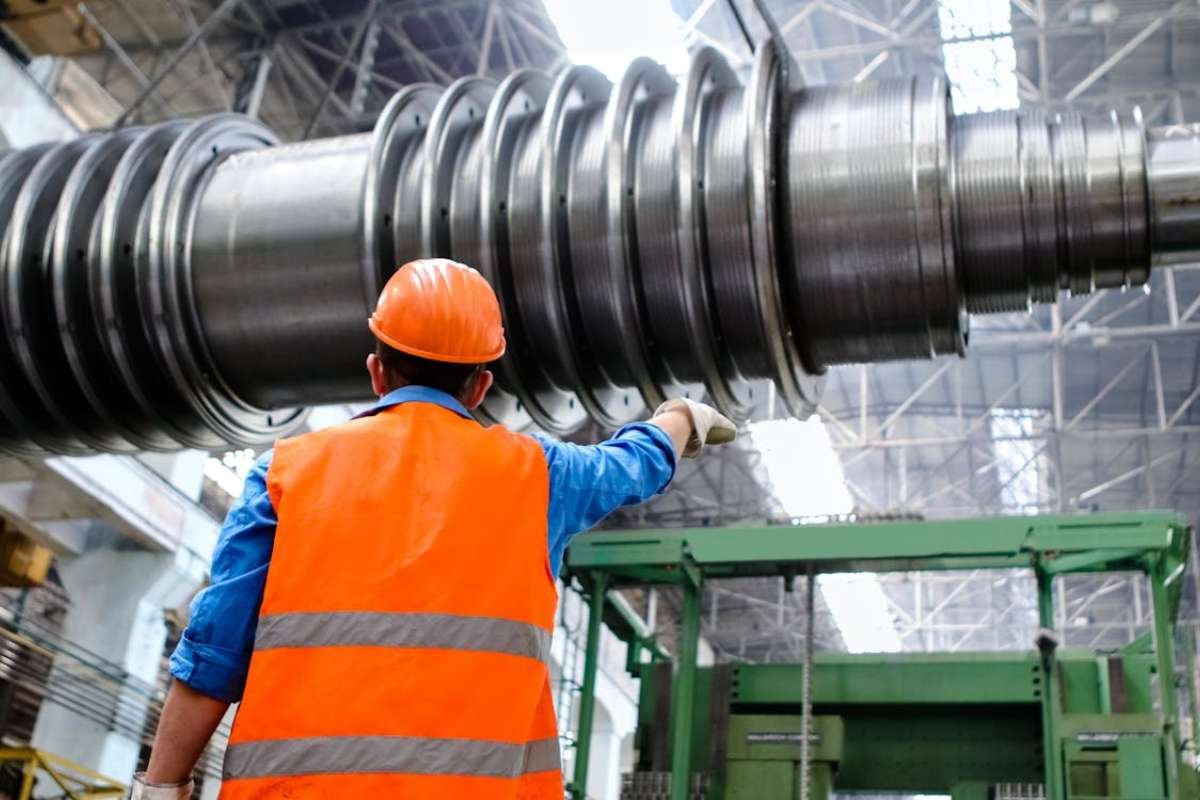The evolution of railway manufacturing process
Trains have long been regarded as one of the safest modes of transportation, and with their rapid evolution, they have a chance of becoming a fundamental means of transport in the future. The shift from coal to electricity has significantly reduced the carbon footprint of trains, and as technology continues to advance, trains may emerge as one of the most efficient and eco-friendly transportation options in densely populated urban areas. Let’s explore the transformation of the once robust trains, enveloped in black smoke, into some of the fastest and safest modes of transportation in Europe.
The beginnings and iron tracks

Coming back to the beginnings of the railway, it’s easy to imagine how uncomfortable it was to travel on wooden rails and horse-drawn carts. The speed of such a journey could not be compared to the limits we break every year, but it was still a great innovation, letting people transport goods for longer distances.
The transition to iron tracks marked a phase when the method of railway manufacturing made of wrought iron, improved durability and load-bearing capacity. If only they had mobile rail welding machines, the evolution would be even more spectacular, with far more kilometers of rails possible to be constructed.
Steel rails and the bessemer process

The second half of the 19th century was a witness to the widespread adoption of steel rails, ensuring even more strength and durability when compared to iron. Two processes introduced in the 1850s called the Bessemer process and the Siemens-Martin process, had great influence on the mass production of high-steel used in railway tracks.
Welding technology
The real evolution of railway manufacturing though started in the 20th century with the welding technology being used. Before, railways were often constructed using bolted or riveted joints, which required more maintenance and were susceptible to wear and tear. The development of flash butt welding and thermite welding allowed the easier construction of continuous tracks, improving overall stability and reducing maintenance needs. The appearance of a mobile rail welding machine has significantly simplified the process of welding, with its great mobility and possibility to be attached to a track when not in use.
Modern Rail Manufacturing

Today, railway manufacturing processes often involve the use of automated systems and computer-controlled machinery, making the trains fast, efficient, and safe. With the welded rails, the ride is smooth and more stable, which means trains can travel faster whenever it’s possible.
The development of composite materials and advanced alloys has allowed for the creation of lighter rail components, yet still strong and durable. Advanced testing methods, including ultrasonic and magnetic particle testing, are employed to identify potential defects or weaknesses in the materials. Thanks to these advancements in railway technology, we can expect trains to be the solution to the growing need for efficient public transportation, effectively replacing the use of private cars.


















